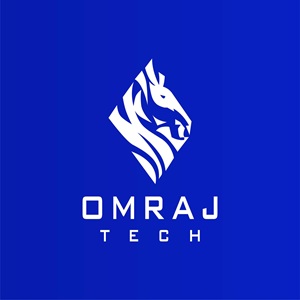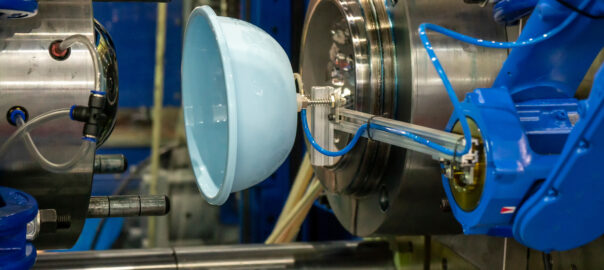At Jimdi Plastics, represented by Om Raj Tech, our capabilities extend beyond precision injection molding to encompass comprehensive manufacturing solutions. We engineer processes that deliver consistent quality, operational efficiency, and enhanced product performance for our customers.
The Challenge & Our Innovative Approach
Jimdi Plastics manufactures complex plastic components across various industries. For a specific multi-component assembly, previous manual methods introduced challenges, including ergonomic strain on operators and instances of non-conforming parts reaching later production stages. To resolve these, our team embarked on an in-house project to re-engineer the assembly process, developing a purpose-built assembly fixture. This assembly system has undergone multiple iterations, currently operating at its fourth generation.
Engineering Precision: Our Custom Sub-Assembly Fixture
This customer-specific fixture was developed entirely in-house, from initial concept through physical design and assembly. It systematically processes a three-piece assembly comprising a fulcrum, lead screw, and an end cap. The fixture incorporates several key functions to ensure precise assembly and integrated quality checks:
- Pneumatic Assembly Integration: This system replaced a manual arbor method that required hand pulling. It now utilizes a pneumatic punch and nest system to accurately join mating components.
- Integrated Gate Vestige Validation: A critical feature is the mechanical check for the tap-style gate vestige. If the vestige is not flush or exceeds its specified length, it mechanically obstructs the part from seating in the nest, thereby preventing defective components from entering the assembly process.
- Precision Screw Seating and Cooling: A specialized vibratory unit accurately pulls the lead screw down to a pre-defined diameter along a rail, which dictates the part’s final length. Concurrently, an internal cooling system aids in setting the part as it transitions.
- Automated Cap Presence Verification: As the assembled unit moves, a mechanical function verifies the full seating of the end cap. If the cap is absent or improperly seated, the part is automatically diverted into a reject chute, ensuring only complete and correctly assembled units proceed to final packaging. This mechanism specifically addresses prior issues where operators might have missed components.
Performance Outcomes: Enhanced Efficiency and Quality
Implementation of this custom-engineered fixture has yielded significant operational and quality improvements:
- Improved Operator Ergonomics: Automation of previously manual and strenuous tasks has reduced operator fatigue, enabling personnel to focus on critical quality inspections rather than repetitive physical actions. This contributes to a safer and more effective work environment.
- Robust Quality Control: The integrated mechanical checks and automated rejection mechanisms ensure that only high-quality, defect-free components are advanced in the production stream. This in-process validation is a core element of Jimdi Plastics’ quality management system.
- Increased Process Efficiency: Automating these intricate assembly steps has resulted in a more efficient manufacturing process, reducing per-part production time, enhancing machine utilization, and minimizing scrap generation.
Comprehensive Secondary Operations and Automation Capabilities
Beyond this specific fixture, Jimdi Plastics offers extensive secondary operations and automation solutions for various customer requirements:
- Secondary Operations: Services include sonic welding, painting, kitting, and hand assembly.
- Automation Types: We integrate diverse automation types, such as end-of-arm tooling for robotic pick-and-place, feeder systems for manual loading, and check stations for color consistency.
- Rapid Automation Development: Our team can create almost any end-of-arm tooling within a few days. Program writing for automation is fast, typically within 24 hours, and can be completed in as quickly as 8 hours for urgent projects.
- Problem-Solving Approach: If a customer requires a service not typically in-house, such as hot plate welding, CNC machining, or painting, Jimdi Plastics will “figure it out”. This involves leveraging our technical team’s experience or our world-class network of partners within a 50-mile radius of Grand Rapids.
- Quality Management for Secondary Suppliers: For services performed by partners, quality is maintained through the Production Part Approval Process (PPAP) and by developing and signing off on master samples with both the supplier and the customer.
- Continuous Improvement: Jimdi Plastics maintains a philosophy of continuous improvement, exemplified by an annual planning process that identifies five key continuous improvement projects to be completed each year.
Partner with Jimdi Plastics, through Om Raj Tech, to leverage our expertise in optimizing your plastic component manufacturing and assembly processes.
















